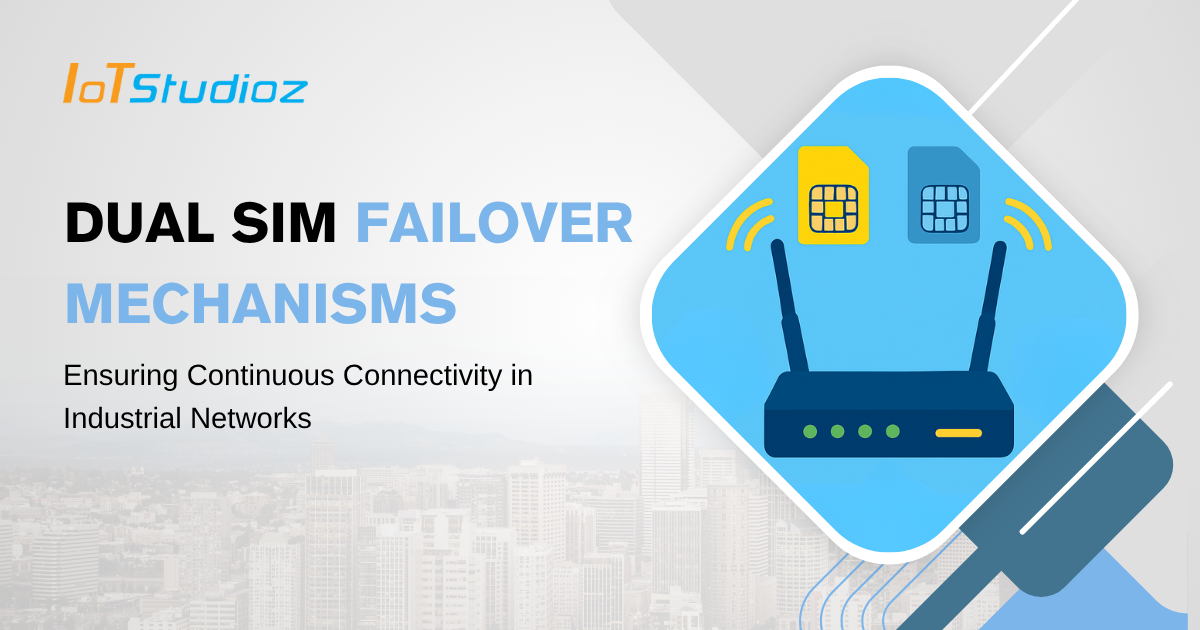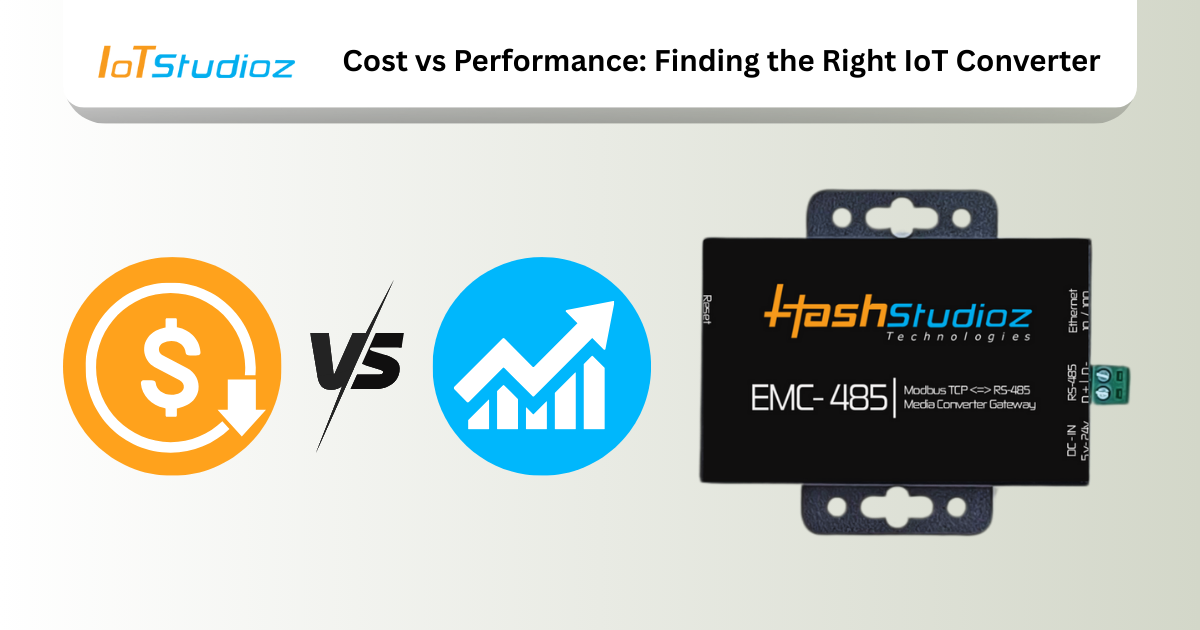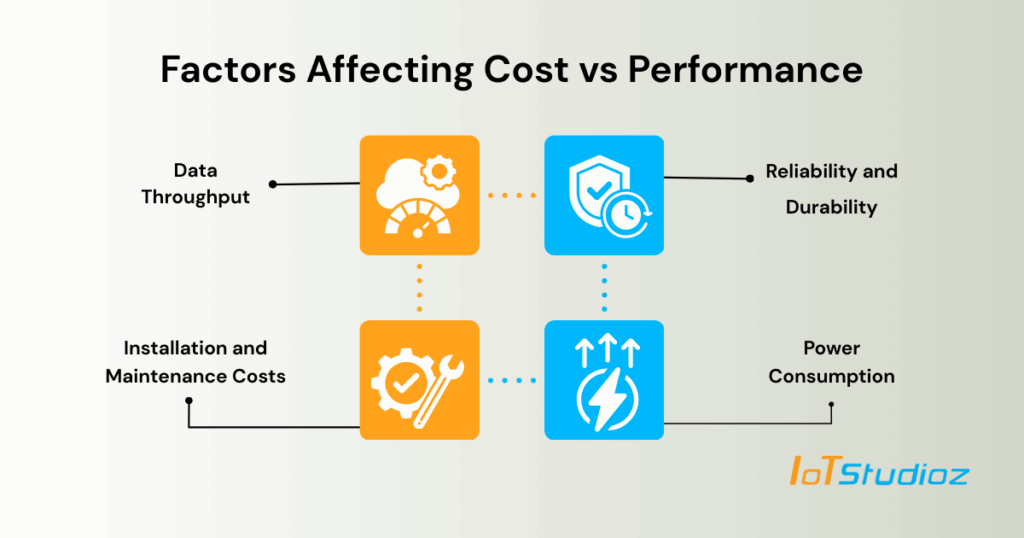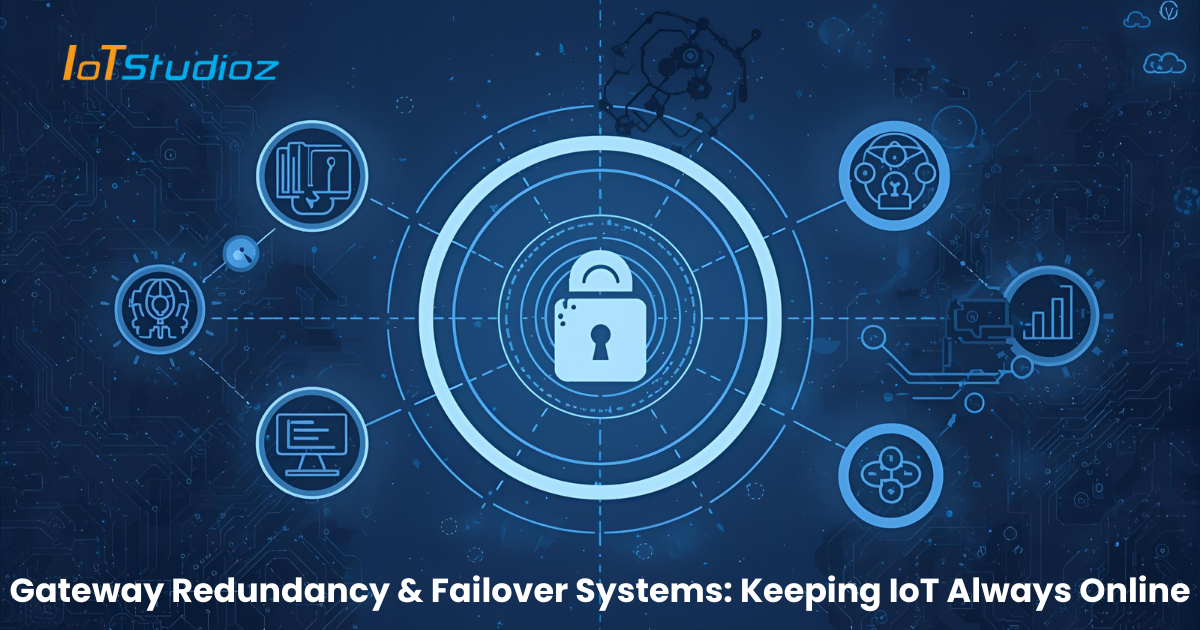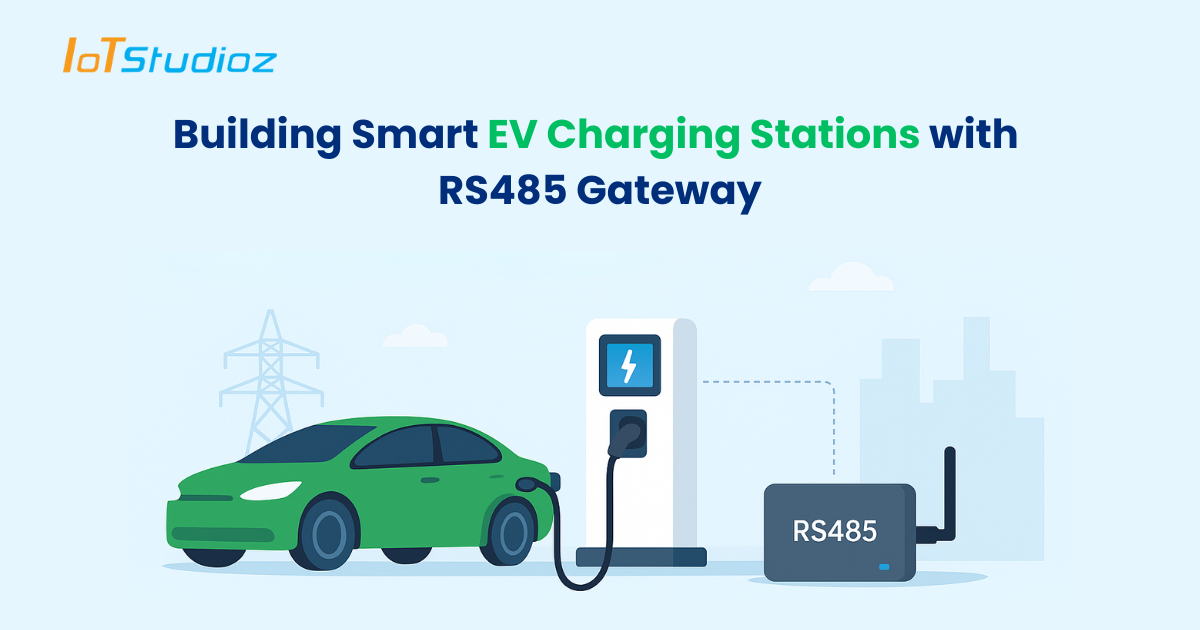In industrial networks, continuous connectivity is not optional—it is essential. Applications like SCADA, remote monitoring, predictive maintenance systems, and critical automation require constant data flow. A network outage, even if short, can cause production losses, safety risks, and data gaps.
A Dual SIM 4G LTE Industrial Router offers a reliable path to redundancy by maintaining two cellular connections and switching between them when needed. I examine failover strategies, implementation trade‑offs, and best practices, with technical depth and real‑world insight.
Why Dual SIM Failover Matters in Industrial Environments
Industrial Risks from Network Failures
- Many industrial sites lie in remote or harsh locations with unstable wired or cellular network coverage
- Outages might arise from carrier outages, congestion, physical damage to infrastructure, or interference
- Even brief interruptions may disrupt real-time control loops, delay alarms, or corrupt buffered data
- For example, downtime in industrial operations can cost thousands of dollars per hour, depending on the process, downtime cascade effects, SLA penalties, and lost production
Given these risks, network resilience is a priority. Dual SIM failover offers a cost-effective, robust way to maintain connectivity without needing full redundant fiber or satellite links in many cases.
What Dual SIM Failover Means
A Dual SIM 4G LTE Industrial Router holds two SIM cards (often from different carriers). It constantly monitors both links and switches traffic to the secondary SIM when the primary link fails or degrades beyond thresholds. Some routers also allow load balancing or dual-active operation, where both links carry traffic simultaneously.
Dual SIM failover reduces reliance on a single network path and lowers the probability of total outage. When combined with wired, fiber, or additional backup links, it forms a layered redundancy model.
Failover Strategies and Modes
A router with two SIMs can implement several failover or redundancy modes. The choice affects complexity, performance, and system behavior.
1. Simple Primary / Backup
- One SIM is the primary and carries all traffic
- The router monitors link health (ping, latency, packet loss, signal strength)
- If the primary fails, router switches to the backup SIM
- Once the primary restores, it may optionally switch back (fallback)
Pros: Simple, deterministic
Cons: Switching may cause brief interruption; fallback can lead to oscillation if thresholds poorly set
2. Load Balancing / Dual‑Active Mode
- Both SIM links are active concurrently
- Traffic can be split (for example, one for noncritical data and the other for real-time critical traffic)
- If one link fails, all traffic shifts to the surviving link
Pros: Better utilization, smoother failover
Cons: More complex routing and state synchronization; some routers don’t support full bonding
3. Traffic Prioritization and Policy-Based Failover
- The router may monitor specific metrics (e.g. latency, jitter, packet loss)
- Policies can define conditions to switch (e.g. latency > 200 ms or packet loss > 5%)
- Critical application traffic may stay on the better link or be preferred on one SIM
This approach avoids unnecessary switching when a link degrades briefly.
4. Fallback and Revert Behavior
After failover, the router may or may not revert to the primary when it recovers. Unwanted oscillation can be prevented by hysteresis or delay timers.
Key Design Considerations
1. Choice of Carriers and SIMs
- Use independent carriers (different operators, ideally different infrastructure) to reduce correlated failures
- Ensure that SIMs support required LTE bands for your region
- Use industrial-grade SIMs rated for wide temperature ranges and vibration
2. Monitoring and Health Checks
Routers should continuously check link health using:
- ICMP ping to remote servers
- DNS lookup tests
- Packet latency and jitter metrics
- Signal strength thresholds (RSSI, SINR)
- Data throughput checks
Frequent checks (e.g. every few seconds) ensure fast detection. But too aggressive checking may overload the router or network.
3. Failover Latency
Time taken to detect failure and switchism is critical. In well‑tuned devices, switching can happen in tens to hundreds of milliseconds. Some devices advertise <300 ms switching.
For real-time industrial protocols (e.g. Modbus TCP or OPC UA), latency and packet reordering need consideration. Some traffic may drop temporarily during switching unless buffered or duplicated.
4. State Synchronization and Session Persistence
Maintaining session continuity (e.g. TCP connections) across SIM transition is challenging. Some strategies:
- Use source NAT / masquerading so internal devices see a stable IP
- Use dynamic DNS or virtual IP to abstract SIM-level changes
- Use protocols tolerant of short outages
- Keep operations idempotent or with reconnection logic
5. Data Usage Management
- Track data consumption for each SIM to avoid overage or throttling
- Use policies to route noncritical bulk data over the cheaper link or when capacity permits
- Trigger alerts or switch links if SIM reaches data cap
Performance, Reliability, and Measurable Benefits
1. Uptime and Availability
With proper failover, you can achieve five‑nines availability (99.999%), or downtime of just ~5 minutes/year. Many industrial networks target at least 99.99% uptime (≈52 minutes/year). Dual SIM redundancy helps meet these targets.
2. Reduction of Unplanned Losses
- Fewer lost sensor readings
- Fewer alarms dropped
- Less operator intervention
- Lower frequency of site visits
3. Resilience Against External Failures
Because the two SIMs use different operators, a localized outage (tower maintenance, regional fiber cut) is less likely to affect both simultaneously.
4. Performance under Load
Dual-active or load balancing modes can improve throughput by merging capacity. Some routers allow distribution of high‑bandwidth video or bulk data on one SIM while control data flows on the other.
Example Stat: In many industrial router vendor datasheets, they claim failover switching in 200–300 ms or less. Some advanced systems advertise sub‑100 ms switching. Use of dual SIM reduces outage exposure significantly compared to single SIM setups.
Challenges and Mitigation Strategies
| Challenge | Mitigation |
| Both SIMs go down | Use tertiary backup (satellite, wired, LoRa, etc.) |
| Session loss or broken TCP | Use stateless protocols or built-in session persistence features |
| Oscillation in switching | Use hysteresis, backoff timers, and threshold margins |
| Data overuse / throttling | Monitor usage, define quotas, swap traffic patterns |
| Slow VPN reconnection | Keep-alive pings, fast renegotiation, tunnel resilience |
| Complex configuration | Use routers with user-friendly GUIs, templates, central management |
| Firmware bugs or crashes | Use watchdogs, remote firmware updates, stable OS |
Conclusion
In industrial environments, connectivity must remain continuous despite failures or disruptions. A Dual SIM 4G LTE Industrial Router plays a crucial role by providing redundant cellular paths and automatic failover. When properly designed, configured, and managed, dual SIM failover systems significantly reduce downtime, improve reliability, and allow remote operations to persist even under adverse network conditions.
If you like, I can prepare a sample failover configuration template or a decision flowchart tailored to your industrial application. Would you prefer me to build that for you?

